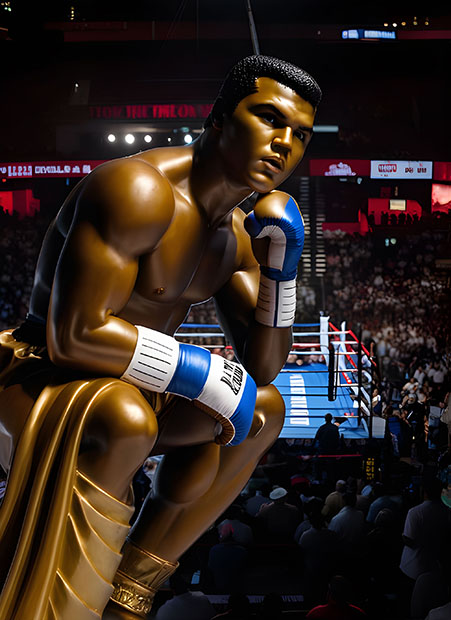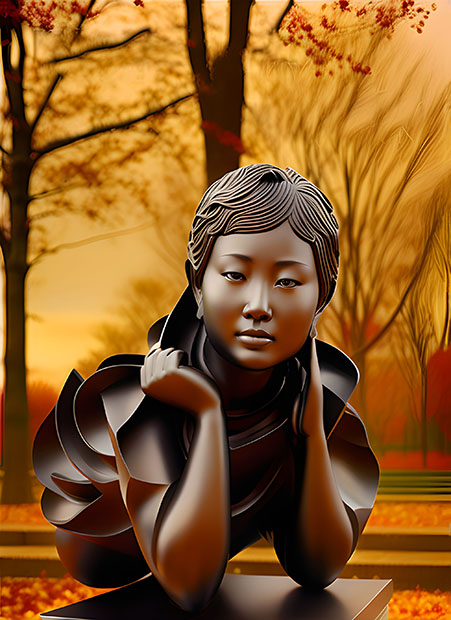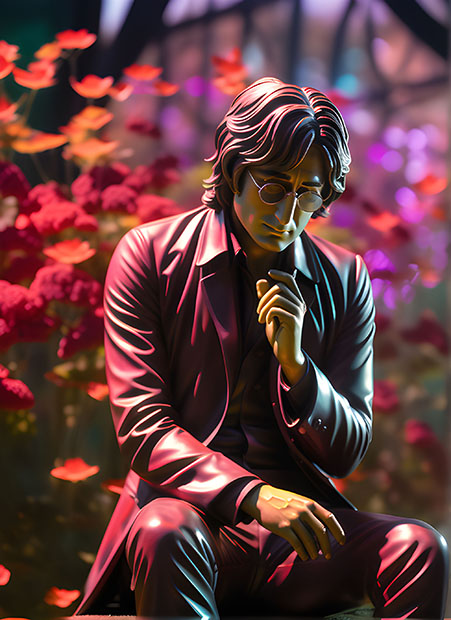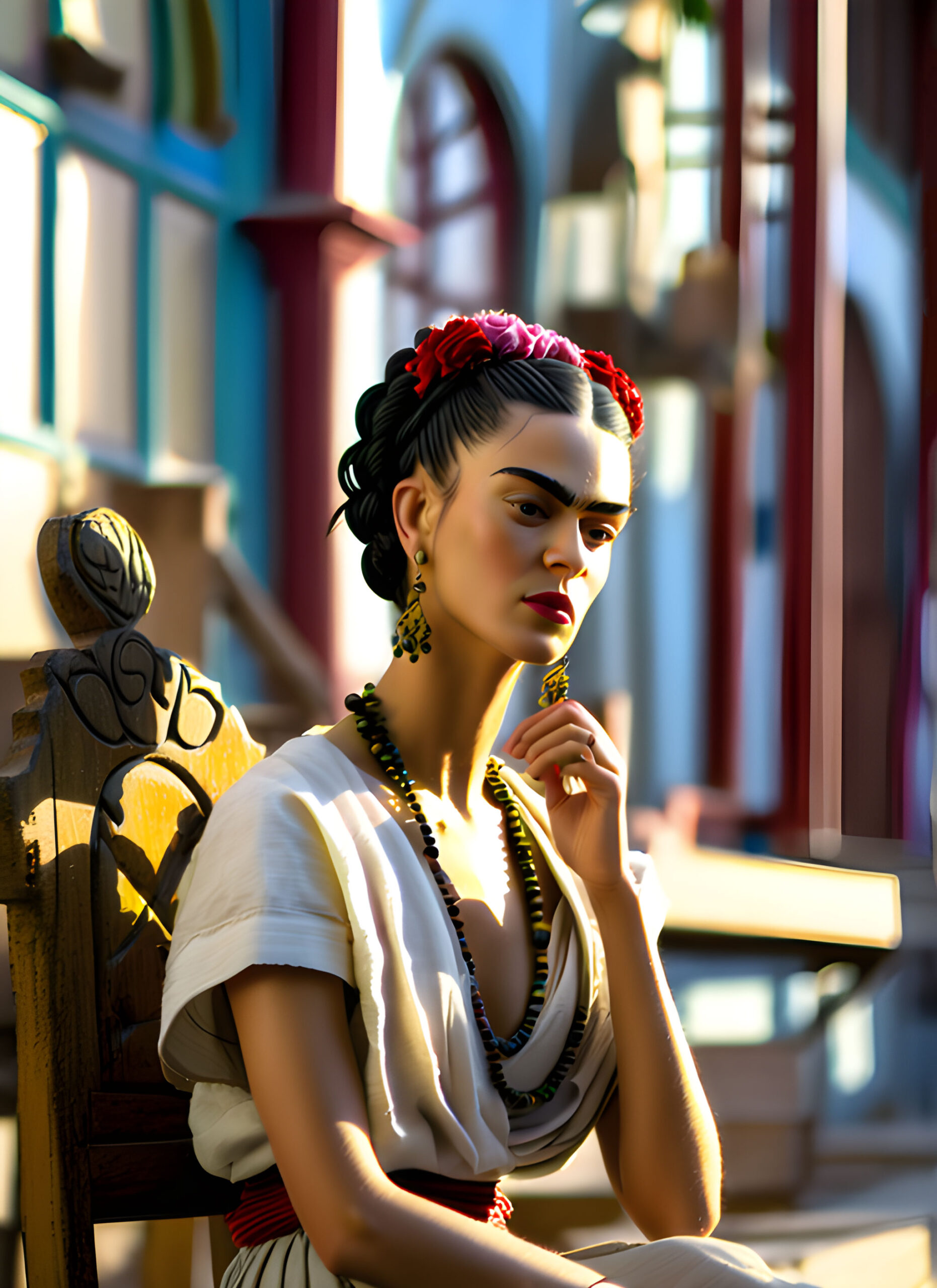Frida Kahlo was a revolutionary Mexican artist who transformed her pain into powerful artistic expressions that continue to captivate audiences worldwide. Born in Coyoacán, Mexico City, she developed a distinctive artistic voice that merged Mexican folk art traditions with unflinching explorations of identity, gender, and human suffering. Her famous unibrow and traditional Tehuana dress became symbols of her dedication to her Mexican heritage and her rejection of conventional beauty standards.
Physical trauma shaped much of her life and art. After surviving polio as a child, she endured a devastating bus accident at 18 that left her with lifelong injuries and chronic pain. During her long recovery, she began painting self-portraits using a mirror mounted above her bed, launching an artistic journey that would produce some of the 20th century’s most compelling works. Her 55 self-portraits unflinchingly document her physical and emotional struggles while celebrating her resilience and cultural identity.
Her tempestuous marriage to muralist Diego Rivera was both inspiring and tumultuous. Their relationship, marked by passionate love and mutual infidelity, became a central theme in her work. Despite being overshadowed by Rivera during her lifetime, Kahlo’s artistic reputation has grown enormously since her death, with her face and style becoming iconic symbols of feminism, Mexican indigenous culture, and artistic courage.
Beyond her art, Kahlo was a fierce political activist who championed communist causes and indigenous Mexican culture. She challenged gender norms, openly discussed taboo subjects, and used her art to critique society and politics. Her Blue House (Casa Azul) in Coyoacán, now a museum, stands as a testament to her enduring influence on art, fashion, and popular culture.
Frida Kahlo’s Statue
The statue captures Kahlo in contemplative repose, seated in an ornate Mexican chair amid a vibrant garden setting. Cast in bronze with color patina highlighting her iconic flower crown and traditional Mexican dress, the sculpture emphasizes both her physical presence and spiritual strength. The detailed rendering of her jewelry and clothing textures reflects her embrace of Mexican folk art traditions, while her slightly tilted head and thoughtful expression suggest the inner world of an artist who transformed personal pain into universal beauty. The garden setting, with its suggestions of native Mexican plants, pays homage to her beloved Casa Azul and her deep connection to nature and Mexican culture.
More Thinkers to Explore

Muhammad Ali

Maya Lin

John Lennon

